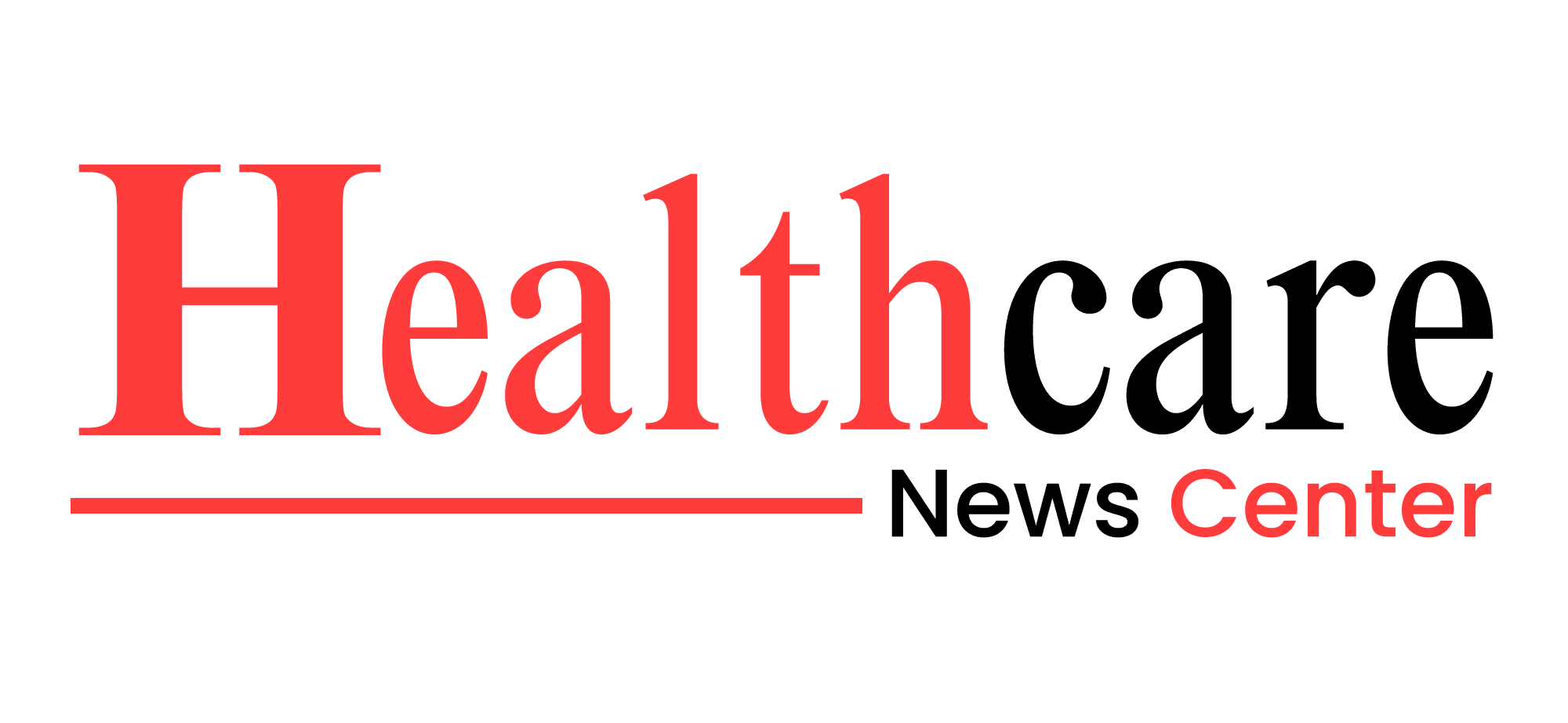The U.S. healthcare system is at a pivotal moment, experiencing sweeping changes that are set to redefine how care is delivered, financed, and protected. From unprecedented moves within the Department of Health and Human Services (HHS) to massive shifts impacting healthcare providers, and rising threats of cyberattacks on healthcare, the nation’s healthcare framework is undergoing a dramatic transformation. These developments demand attention not only from policymakers and medical professionals but also from the millions of Americans who rely on this system every day.
In this in-depth analysis, we’ll break down the major changes unfolding in U.S. healthcare right now. Whether you’re a patient, provider, or industry leader, this guide will give you the insights you need to understand the challenges, opportunities, and stakes involved.
1. HHS Communication Freeze: A Quiet Shift with Big Implications
What Is the HHS Communication Freeze?
The Department of Health and Human Services (HHS) is the federal agency responsible for overseeing key organizations like the Centers for Disease Control and Prevention (CDC) and the Food and Drug Administration (FDA). This agency plays a critical role in disseminating public health updates, research findings, and emergency advisories.
However, the HHS has recently implemented a communication freeze, halting its usual flow of public information. While communication freezes are rare, they are not unheard of. They often occur during political transitions or significant policy overhauls within the agency.
What’s Happening Now?
The freeze has paused updates on critical public health issues, including:
- Emerging disease outbreaks
- Vaccine availability and booster campaigns
- New medical research and treatment guidelines
Although certain exceptions are in place to ensure essential updates are still communicated, the freeze has created a noticeable gap in public health outreach. This includes delays in updates from major agencies under the Department of Health, such as the CDC. For example, flu season preparations and RSV (respiratory syncytial virus) updates, which are typically widely promoted, have been delayed.
Why Is This Happening?
The exact reasons for the communication freeze are unclear, but several factors may be contributing:
- Leadership Restructuring: Changes in leadership under the Biden administration may have prompted a temporary pause to align messaging strategies.
- Policy Reform: The freeze could be part of a larger effort to restructure how the Department of Health communicates with the public and coordinates internally.
- Political Tensions: Disagreements between agencies or lawmakers may also play a role in this decision.
Impact on Public Health and Transparency
The consequences of this freeze are far-reaching:
- Delayed Public Health Responses: Vital health alerts, such as those about disease outbreaks, could arrive too late to mitigate risks effectively.
- Eroded Trust in Healthcare Institutions: Lack of transparency undermines public confidence in the Department of Health and its ability to manage crises.
- Coordination Challenges: Agencies within HHS may struggle to collaborate effectively without clear communication protocols.
For more context on the role of HHS in public health, you can explore their official site: HHS.gov.
2. Overhaul of the Medicare Billing System: Breaking a Monopoly
Background: A System in Need of Reform
Since the 1980s, Medicare’s billing system has relied on the Current Procedural Terminology (CPT) codes, which are owned and managed by the American Medical Association (AMA). These codes categorize medical services for billing and reimbursement purposes, forming the backbone of how healthcare providers interact with Medicare.
While the system brought initial standardization, critics argue that it has become outdated, inefficient, and monopolistic. The AMA’s control over the system has driven up administrative costs and limited innovation in healthcare billing.
What’s Happening Now?
In a bold move, Robert F. Kennedy Jr., the newly appointed head of the HHS, is advocating for an overhaul of the Medicare billing system. His proposal includes ending the AMA’s monopoly over CPT codes and exploring alternative systems to improve efficiency and reduce costs.
Why Is This Change Necessary?
The current billing system has been criticized for the following reasons:
- Complexity: The CPT codes are overly complicated, leading to errors and delays in processing claims.
- High Costs: The AMA’s control has inflated costs for both providers and the federal government.
- Outdated Framework: The system fails to reflect modern care models, such as value-based care and preventive services.
Potential Impacts of the Reform
Kennedy’s proposed changes could have far-reaching effects on the U.S. healthcare system:
- Lower Administrative Costs: A more efficient system could save billions annually for both Medicare and healthcare providers.
- Increased Innovation: Decentralizing control would foster competition, potentially leading to more user-friendly and adaptive billing solutions.
- Short-Term Disruption: The transition to a new billing system may initially challenge healthcare providers, requiring significant investments in training and technology.
For more information about Medicare billing practices, visit Medicare.gov.
3. Healthcare Provider Layoffs: Balancing Efficiency and Patient Care
Background: Financial Strains in Healthcare
Healthcare providers across the U.S. are facing immense financial pressure due to rising operational costs, declining reimbursements, and shifting patient demands. Major institutions like Jefferson Health and Lehigh Valley Health Network have recently announced layoffs as part of broader cost-cutting measures.
What’s Happening Now?
Layoffs at Jefferson Health and Lehigh Valley Health Network have affected 271 workers, primarily in non-clinical roles. These layoffs are part of a broader trend in healthcare that includes:
- Outsourcing Administrative Functions: Tasks like billing and scheduling are being delegated to third-party providers.
- Automation of Routine Tasks: Advancements in healthcare technology are reducing the need for certain roles.
- Restructured Staffing Models: Hospitals are reworking how they allocate staff to outpatient and inpatient services.
Why Are These Layoffs Happening?
Several factors are driving these workforce reductions:
- Operational Costs: Rising expenses related to equipment, supplies, and inflation have strained hospital budgets.
- Shifting Patient Preferences: The rise of outpatient care and telemedicine has reduced demand for traditional hospital services.
- Technology and Automation: Innovations in artificial intelligence and automation have made many administrative roles obsolete.
Impact on Patient Care and Healthcare Providers
While these measures may improve financial stability, they also raise concerns about patient care quality and workforce morale:
- Staff Burnout: Fewer workers may lead to overburdened staff and higher turnover rates.
- Reduced Quality of Care: Staffing shortages could compromise patient outcomes.
- Automation Risks: Over-reliance on technology may lead to system errors and diminished personal care.
For insights into workforce trends in healthcare, check out resources from the American Hospital Association.
4. Cyberattacks on Healthcare: A Growing Crisis
Background: The Rising Threat
Healthcare organizations are increasingly targeted by cybercriminals due to the sensitive nature of patient and financial data. In February 2024, Change Healthcare, a leading provider of payment processing and revenue cycle management solutions, experienced a devastating cyberattack.

What Happened?
The attack disrupted electronic payments, claims processing, and other critical services, causing widespread operational chaos. Hospitals, insurers, and patients across the nation were affected, with delays in reimbursements and billing errors compounding the issue.
Why Are Cyberattacks on Healthcare Increasing?
Cyberattacks on healthcare have surged due to:
- Valuable Data: Patient records contain personally identifiable information that is highly lucrative for hackers.
- Legacy Systems: Many healthcare providers rely on outdated technology that is vulnerable to breaches.
- High Stakes: Healthcare organizations are often willing to pay ransoms to restore operations quickly.
Impact and Future Measures
The attack on Change Healthcare underscores the urgent need for robust cybersecurity measures in healthcare:
- Operational Disruptions: Delayed payments and claims processing strained hospitals and insurers.
- Loss of Patient Trust: Security breaches erode confidence in healthcare providers’ ability to safeguard personal data.
- Increased Regulatory Scrutiny: Federal agencies are now advocating for stricter cybersecurity standards across the industry.
For tips on enhancing cybersecurity in healthcare, visit the Cybersecurity and Infrastructure Security Agency (CISA).
The U.S. healthcare system is facing monumental changes, from communication challenges within the Department of Health, to sweeping reforms in Medicare billing, and the rise of automation and outsourcing among healthcare providers. Simultaneously, the increasing threat of cyberattacks on healthcare highlights the urgent need for stronger data security and infrastructure modernization.
While these changes come with challenges, they also present an opportunity to build a more efficient, transparent, and resilient healthcare system. As these developments unfold, staying informed is critical for patients, providers, and policymakers alike.
The stakes are high, and the decisions made now will shape the future of healthcare in America for years to come.

